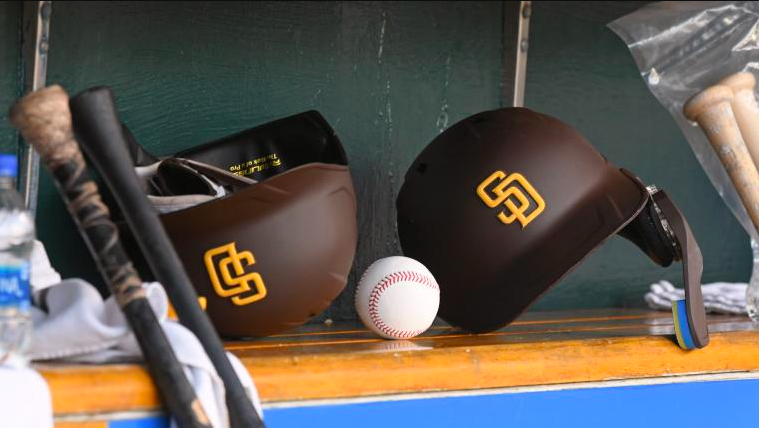The idea of the Chicago Cubs trading Nico Hoerner for a San Diego Padres three-time All-Star has sparked intrigue and debate among fans and analysts alike. Such a blockbuster trade would undoubtedly shake up both teams’ rosters and have significant implications for their immediate and long-term futures. For the Cubs, swapping Hoerner, one of their most consistent and versatile players, for a proven star signals a bold win-now move. Meanwhile, for the Padres, it would mark a strategic shift to rebalance their roster and possibly address payroll concerns while acquiring a young, cost-controlled talent with upside.
Nico Hoerner, coming off a breakout 2023 season, has established himself as a cornerstone of the Cubs’ infield. Known for his exceptional defensive prowess, contact hitting, and base-running skills, Hoerner has become a fan favorite and a key piece of the team’s rebuild. His ability to play both second base and shortstop with Gold Glove-caliber defense gives the Cubs valuable flexibility, particularly alongside Dansby Swanson. Offensively, Hoerner has steadily improved, showcasing a high batting average, strong on-base skills, and speed on the basepaths. His team-friendly contract and relatively young age make him an attractive asset not only for the Cubs but also for potential trade partners.
On the other side of the trade proposal, the Padres’ three-time All-Star—speculated to be either Manny Machado or Juan Soto—brings star power and a track record of elite production. Machado, a perennial MVP candidate, combines power, defense, and leadership, making him one of the most complete players in the game. Soto, on the other hand, is widely regarded as one of the best hitters of his generation, boasting an elite combination of power, plate discipline, and consistency at the plate. Either player would represent a significant upgrade for the Cubs, particularly in terms of offensive firepower and star presence. However, both come with substantial financial commitments, as Machado signed a massive extension, and Soto is approaching free agency with expectations of a record-breaking contract.
For the Cubs, acquiring a player of this caliber would signal their intent to compete for a championship in the near term. Adding an All-Star talent to a roster that already includes Swanson, Cody Bellinger (if re-signed), and an emerging rotation led by Justin Steele would immediately elevate the Cubs’ ceiling. However, trading Hoerner would leave a void in the middle infield and disrupt the defensive chemistry he and Swanson have built. Additionally, the financial implications of taking on a high-priced player like Machado or Soto could limit the Cubs’ flexibility to make other moves or extend key players in the future.
For the Padres, trading a star player might seem counterintuitive given their aspirations to remain contenders, but it could be a necessary move to address payroll constraints and improve roster balance. Hoerner would bring much-needed cost control and defensive stability to San Diego’s infield while freeing up financial resources to address other needs, such as pitching depth. The Padres have already shown a willingness to make bold moves in recent years, and this trade would align with their approach of maintaining competitiveness while managing long-term financial obligations.
The risks and rewards for both teams are substantial. For the Cubs, the risk lies in losing a homegrown talent in Hoerner who embodies the team’s ethos of gritty, fundamentally sound baseball. If the All-Star player they acquire fails to meet expectations or struggles with injuries, the trade could backfire and set the team back. For the Padres, parting with a marquee player could alienate fans and diminish their short-term competitiveness, especially if Hoerner doesn’t replicate his 2023 success or if the freed-up payroll isn’t effectively reinvested.
Ultimately, the viability of this trade depends on each team’s evaluation of their competitive windows and long-term goals. For the Cubs, it’s a question of whether they’re ready to go all-in and prioritize star power over depth and flexibility. For the Padres, it’s about whether they believe restructuring their roster around younger, more affordable talent is the key to sustained success. While this blockbuster trade idea remains speculative, it encapsulates the high-stakes decision-making that defines MLB’s offseason and the constant push and pull between risk and reward.
